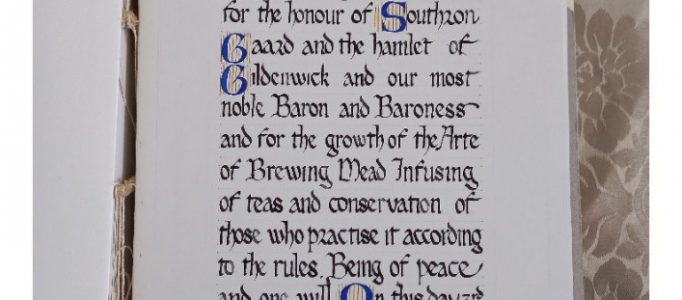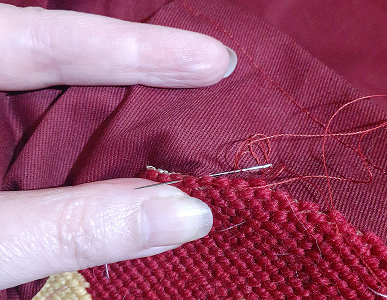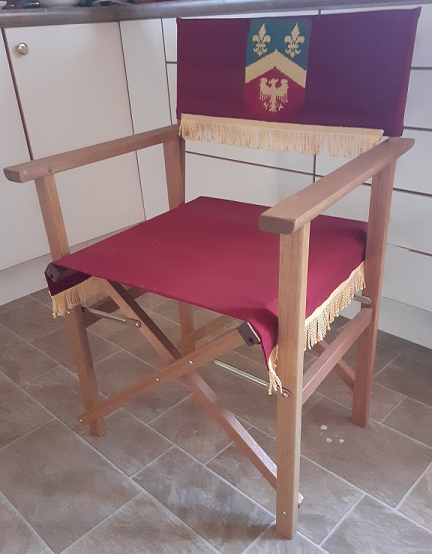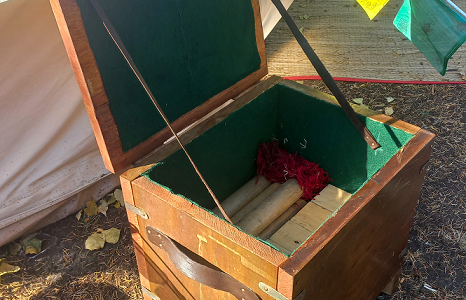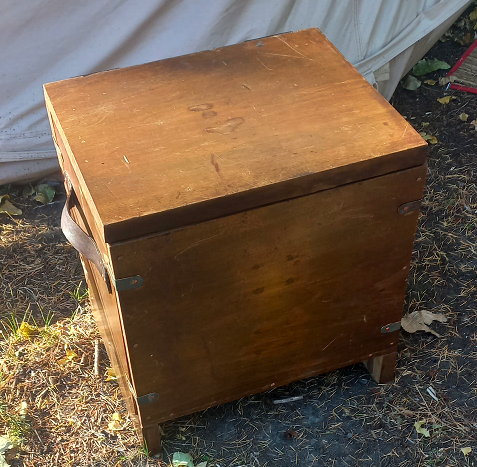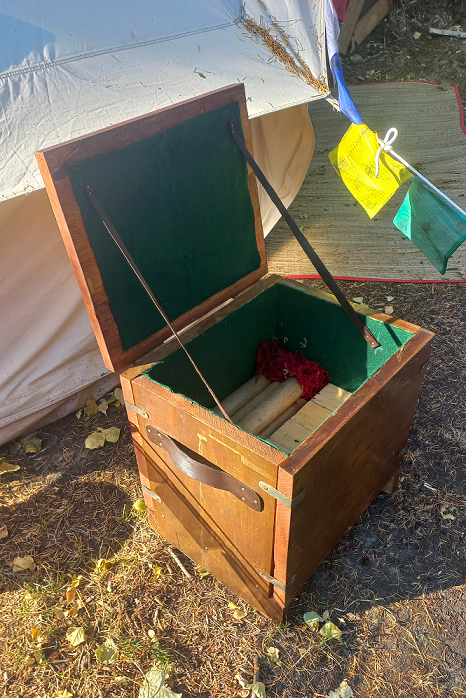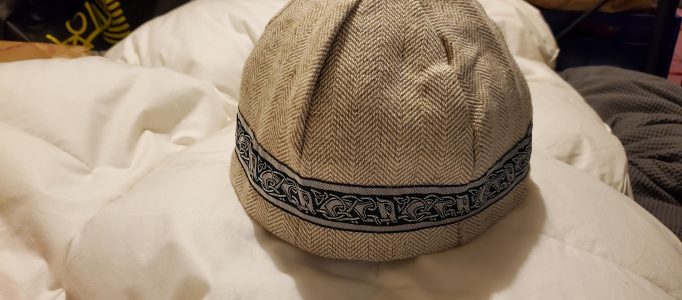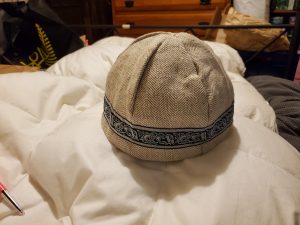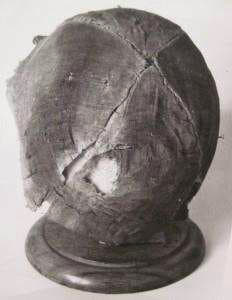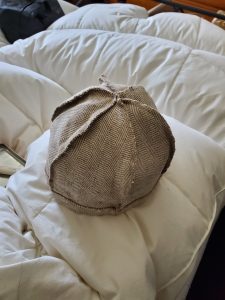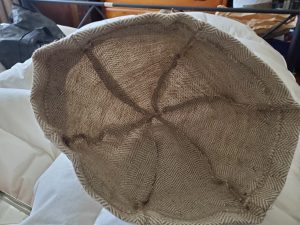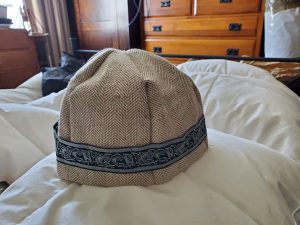EEEEC: Astrid Sudeying’s Scuola and Mariegola for the Gildenwick Society of Infusers, Distillers, Brewers, Quaffers, and Other Professional Drinking Persons.
Entered in Imitation, Preparation, Participation, Exploration, Collaboration and Inspiration, this multi-faceted entry is ably described by Astrid:

“The Gildenwick Mead Society came about from the need for a group salutation after a tipsy missive was sent to one of our lovely Baronesses. A year later (at Canterbury Faire 2023) and we had started making up silly rules for our society. After a delicate nudge/inspiration from Her Excellency katherine kerr, I began exploring the possibility of using our ragtag bunch to create an informal, yet cohesive group based on the guild scuolas of Italy, around the mid 1500’s. The idea being that we would, like the various guilds that made up each scuola in period, include the mead makers, tea infusers, distillers, poisoners, alchemists or any other liquid arte that the members of Gildenwick were experimenting with. The long-suffering members of Gildenwick participated in and put up with many votes and discussions on what we did and didn’t want to be and how we would govern ourselves as a functioning scuola.
“By this time our Mistress had become Quene katherine, and so I used choice phrases from a letter to Queen Elizabeth on the subject to write her a letter of request for permission to start a scuola. My goal had originally been to have our scuola prepared for next Canterbury Faire, but the timeframe moved up so that we might be given permission for existence from “Our Quene”. She responded with a parchment decree, handwritten and sealed by both their Majesties.
“One of the key artifacts of any good Scuola is it’s Mariegola. A book within which is held all the rules, regulations, punishments, patrons, and participants of the Scuola. I decided that the book itself would be made to Imitate one from the mid 1500’s Italy, and so I consulted “The Archaeology of Medieval Bookbinding” to make sure I was constructing it correctly. I found rather quickly that the rag paper I could get was not useful for handwriting, only printing, so I had to compromise and use a good quality paper instead. I half sewed the book, with the extra pages that would be used in future, and then tacit collated (with cord, not parchment) the front pages, so that the book could be brought to Faire ’24 and presented for ratifying to the new Queen, while still being able to be deconstructed so I can illuminate it in future.

“I chose Rotunda style hand to learn for the writing as this was the style I could find being used within Mariegola from the time period and place especially the Mariegola della Scuola Grande di San Giovanni Evangelista. As I am new at the scribal arts, and I had what felt like a very short amount of time to get comfortable with writing and the specific hand, I am aware of many mistakes within the Mariegola, (and the original letters to the Quene) but am glad the bulk of the writing was done in time. It will have to suffice – warts and all.
Eventually I will finish the formal part of the writing and illumination of the book and leave the rest of it to be filled with recipes, new members, mead tastings and miscellanea of the scuola.
“In collaboration with: Mistress Katherine Kerr, Master Bartholomew Baskin, Lady Ailith Ward, Lady Eryl the Beehyrde, Lord Emrys Grenelef, Lord Baldwin the Wanderer, Lord Zoltan di Magnifico, Lord Kevin Ost, Benet Vernon, Harold Brewster, Oberon, Louise, Rosemary, Levi and Helena of Gildenwick.”





